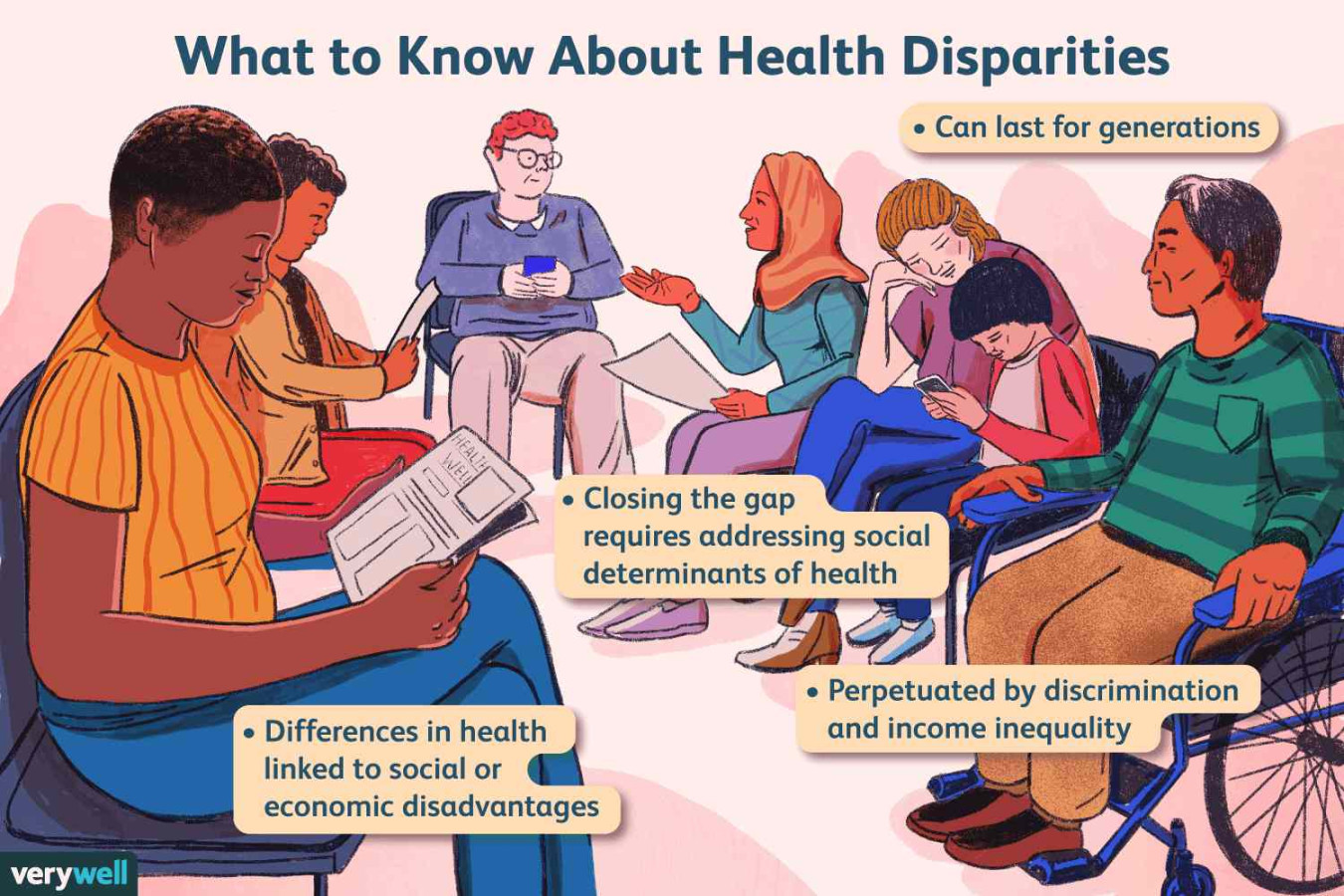Diabetes, a chronic condition that affects how your body processes sugar, is a significant health concern worldwide. While it can strike anyone, there’s a troubling reality: certain populations are more likely to experience diabetes-related health disparities. These disparities are not just about numbers; they’re about the unequal access to healthcare, cultural factors, and socioeconomic conditions that can significantly impact a person’s health outcomes.
One of the most striking examples of diabetes health disparities is the disproportionate impact it has on communities of color. African Americans, Hispanic Americans, and Native Americans are at a higher risk of developing diabetes compared to their white counterparts. This disparity can be attributed to several factors, including genetic predisposition, limited access to quality healthcare, and cultural factors that influence dietary habits and lifestyle choices.
For instance, cultural practices and traditions often play a significant role in food consumption. In many communities of color, certain foods are deeply ingrained in social gatherings and celebrations. While these foods can be delicious and nourishing, they may also be high in sugar, unhealthy fats, and calories. When consumed in excess, these foods can contribute to weight gain and increase the risk of diabetes.

Moreover, socioeconomic factors can significantly exacerbate diabetes health disparities. People living in poverty often have limited access to healthy food options and may be unable to afford nutritious meals. They may also lack transportation to grocery stores or have limited access to healthcare facilities. These challenges can make it difficult for individuals to manage their diabetes effectively and prevent complications.
In addition to cultural and socioeconomic factors, systemic racism and discrimination can also contribute to diabetes health disparities. Studies have shown that bias in healthcare settings can lead to disparities in diagnosis, treatment, and care. For example, people of color may be less likely to receive appropriate diabetes education or timely referrals to specialists.
To address diabetes health disparities, it’s essential to take a comprehensive approach that addresses both individual and systemic factors. This includes:
Improving access to healthcare: Expanding health insurance coverage, increasing the availability of culturally competent healthcare providers, and improving access to preventive care services are crucial steps in addressing diabetes health disparities.
By addressing these factors, we can work towards a more equitable healthcare system where everyone has the opportunity to live a healthy life, free from the burden of diabetes.
Sugar-Sweetened Beverages: A Sticky Situation
In the grand tapestry of health disparities, one thread stands out, both sweet and insidious: sugar-sweetened beverages (SSBs). These seemingly innocent sips, often perceived as harmless indulgences, have become a significant contributor to the health inequities that plague our society.
SSBs, a broad category encompassing sodas, sports drinks, energy drinks, and sweetened teas, have been linked to a myriad of health problems. From obesity and type 2 diabetes to heart disease and dental decay, the negative consequences of excessive SSB consumption are well-documented. But the impact of SSBs extends beyond individual health; it intersects with social, economic, and environmental factors, creating a complex web of disparities.
A Sweet Burden: The Social Determinants of Health
The social determinants of health, the conditions in which people are born, grow, live, work, and age, play a crucial role in SSB consumption. Low-income communities, often characterized by limited access to healthy food options, are disproportionately exposed to SSBs. Convenience stores and fast-food restaurants, which frequently stock sugary drinks, are more prevalent in these neighborhoods, making it easier for residents to purchase them.
Furthermore, cultural factors influence SSB consumption. In some cultures, sugary drinks are seen as a symbol of hospitality and celebration. This can lead to increased consumption, particularly during social gatherings and holidays. Cultural norms can also shape perceptions of health and wellness, making it more difficult for individuals to recognize the risks associated with SSB consumption.
The Environmental Impact of SSBs
The environmental impact of SSBs is another factor that contributes to health disparities. The production, distribution, and consumption of SSBs generate significant amounts of waste, including plastic bottles and cans. These materials often end up in landfills or waterways, harming ecosystems and contributing to climate change.
Low-income communities are often disproportionately affected by the environmental consequences of SSB consumption. These communities may have limited access to recycling facilities or waste management services, making it more difficult to dispose of plastic waste properly. Additionally, residents of these communities may be more likely to live near polluted areas, which can exacerbate health problems associated with SSB consumption.
Sweetening the Deal: Addressing Health Disparities
To address the health disparities associated with SSB consumption, it is essential to implement policies and programs that promote healthy eating habits and reduce access to sugary drinks. This includes increasing taxes on SSBs, restricting their marketing to children, and improving access to healthy food options in low-income communities.
Additionally, it is important to raise awareness about the health risks associated with SSB consumption and to promote healthy alternatives. This can be done through public health campaigns, educational programs, and community-based initiatives. By addressing the social, economic, and environmental factors that contribute to SSB consumption, we can help to create a more equitable and healthy society for all.
 Udento Lifestyle & Health
Udento Lifestyle & Health




